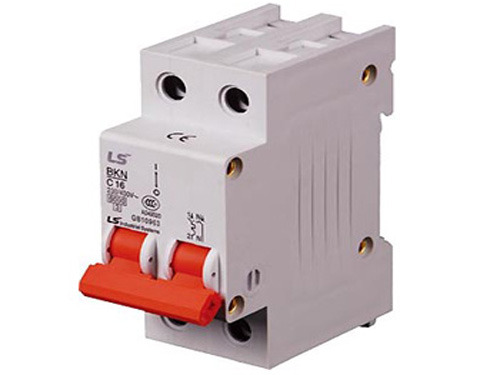
According to Transparency Market Research's latest market report “Circuit Breaker and Fuse Market - 2013-2019 Global Market Analysis, Scale, Growth, Trend and Forecastâ€, the market value in 2012 was US$11.16 billion ( About RMB 69.43 billion is expected to reach USD 15.9 billion (approximately RMB 98.92 billion) by 2019, and will increase at a compound annual growth rate of 5.2% during 2013-2019. Lack of adequate power infrastructure and increasing demand for reliable power transmission are the main drivers of market development.
Most electronic devices and devices cannot distinguish between normal load and overload. Therefore, the electronic device will continue to introduce current until it is burned. Circuit breakers and fuses are important protection devices that protect by limiting and minimizing faults. However, the choice of fuses or circuit breakers is determined by space, maintenance, environmental restrictions and users.
In 2012, global circuit breakers accounted for most of the market share, exceeding the fuse market. This is due to the emergence of smart grids and governments around the world to propose new management to improve energy efficiency. According to the voltage type, low-voltage circuit breakers account for a higher market share than medium-voltage circuit breakers and high-voltage circuit breakers because of cost competitiveness.
Geographically, in 2012, North America dominated the circuit breaker and fuse market. This is due to the strict laws and regulations requiring the replacement of the old power infrastructure. Emerging economies in the Asia Pacific region, such as South Korea, Taiwan, India, China and Japan, are expected to become the fastest growing regions in the circuit breaker and fuse market. This development is mainly driven by rapid urbanization, expansion of power generation and transmission industries, and construction and transportation industries.
The global breaker and fuse market contains many small-scale and large-scale participants. In 2012, GE occupied the largest share of the market. Other major companies are ABB Group, Alstom, Eaton Electric Group, Maxwell Technology, Mitsubishi Electric, Pennsylvania Circuit Breaker, Schneider Electric, Siemens, and Toshiba Group.
What is a Rigid Flex PCB?
Rigid flex printed circuit boards are boards using a combination of flexible and rigid board technologies in an application. Most rigid flex boards consist of multiple layers of flexible circuit substrates attached to one or more rigid boards externally and/or internally, depending upon the design of the application. The flexible substrates are designed to be in a constant state of flex and are usually formed into the flexed curve during manufacturing or installation.
Rigid flex designs are more challenging than the design of a typical rigid board environment, as these boards are designed in a 3D space, which also offers greater spatial efficiency. By being able to design in three dimensions rigid flex designers can twist, fold and roll the flexible board substrates to achieve their desired shape for the final application's package.
Benefits:
More components in a smaller space
Improved signal quality and integrity
Easy to test
Very reliable in harsh environment
Reduces system costs
Weight reduction
Our expertise – your profit!
The circuit board is no longer thought of as simply something to hold other elements. In fact, it is part of the system and offers a diverse range of options to integrate different functions. We want to support our customers as early on in the development process as possible so that they can get the most out of our wide-ranging expertise. In this way we can succeed in finding the perfect solution for the specific situation whilst keeping an overview of the entire system.
Rigid-Flex PCB,Rounded Rigid-Flex PCB,Green Rigid-Flex PCB,Complex Rigid-Flex PCB
Storm Circuit Technology Ltd , https://www.stormpcb.com